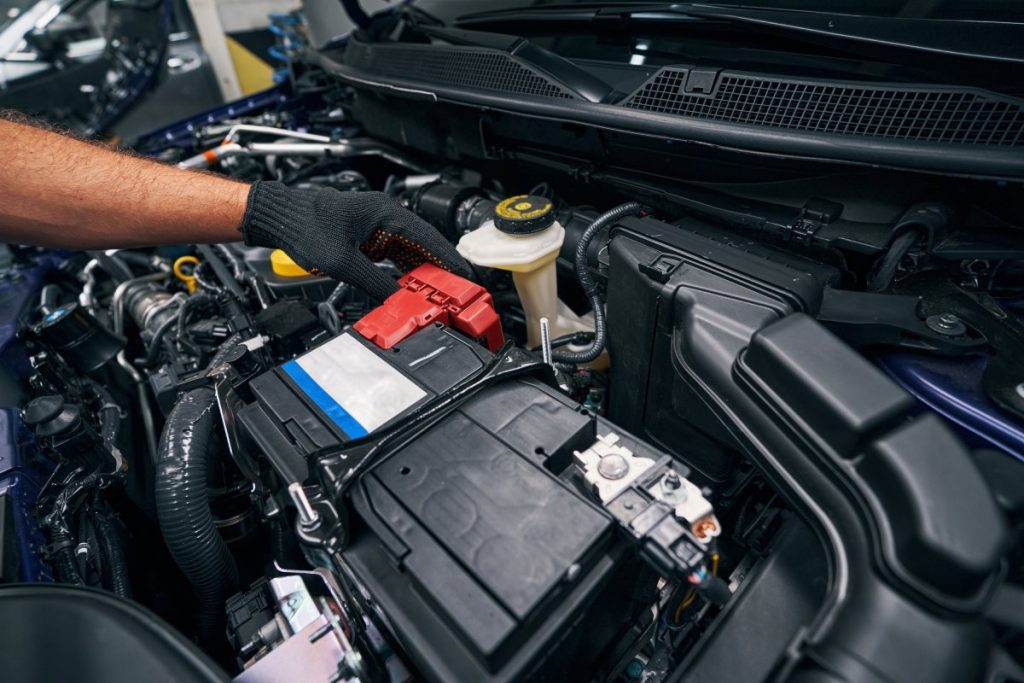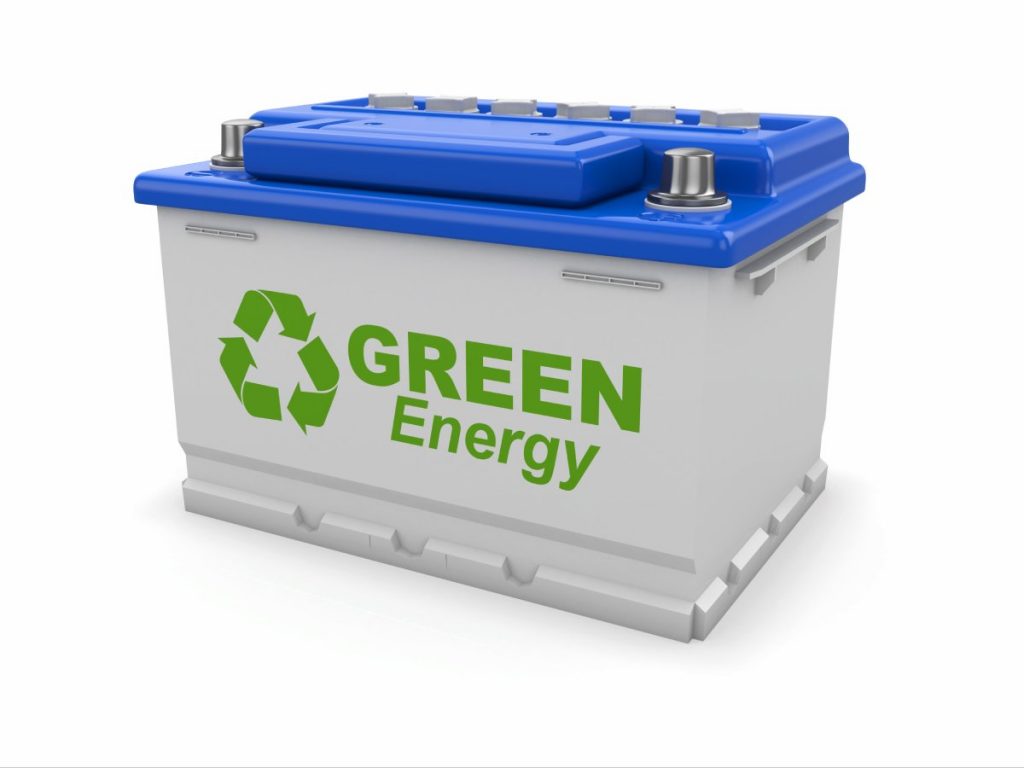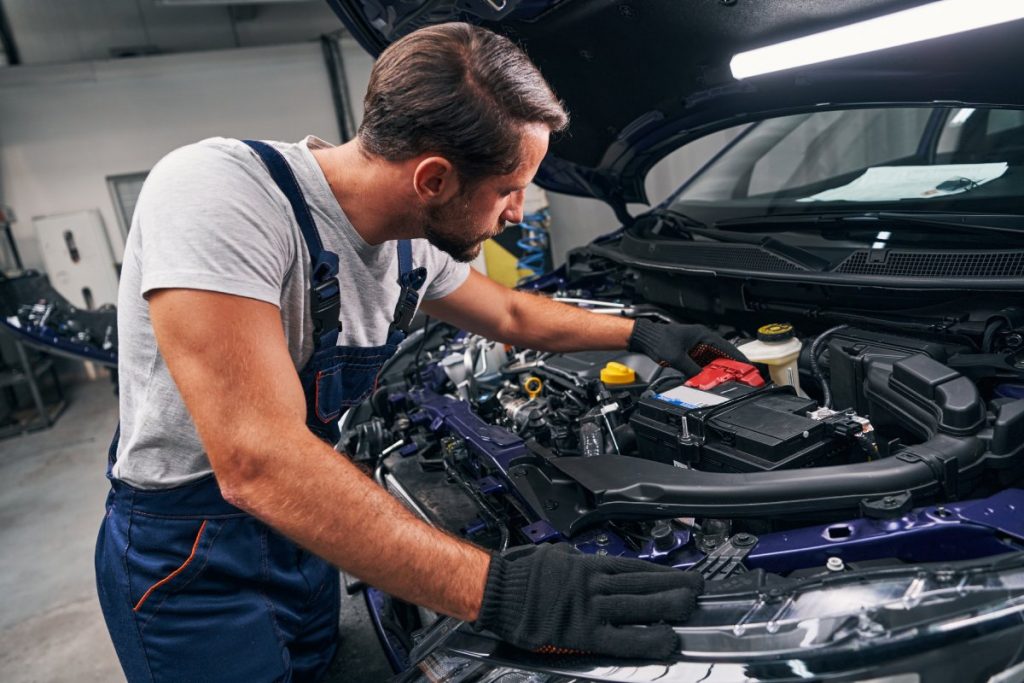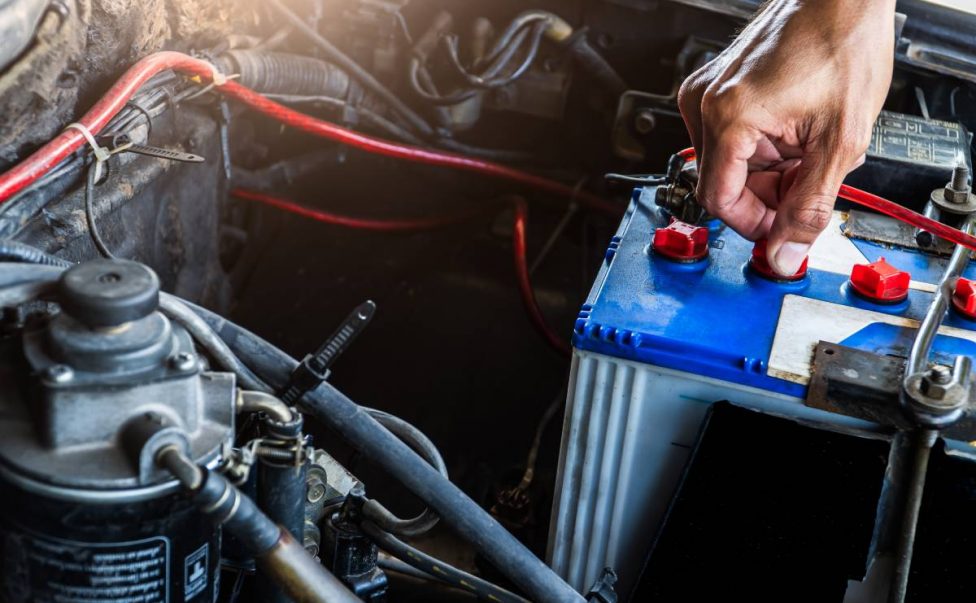What are the different types of car batteries? How do I choose a car battery? When you buy a new battery is it fully charged?
Are you a little worried that it is time to get a new car battery? If you are one of the many people in the world who aren’t experts in cars, it can feel a bit daunting to get started and even a little embarrassing to ask those that are in the know.
Here we will take a brief look at the different batteries you can find, and help you discover which is the one for you, and what to do once you buy it.
What are the different types of car batteries?

There are a number of different car batteries available, with several more common types, and others that you will find more specifically in vehicles that get lots of recreational use like camping or boating. Here are the two main types of batteries you are most likely to encounter:
- Starting, lighting and ignition batteries (SLI)
Usually, lead-acid types, these batteries, as described, give a short burst of power to turn over the engine and also power the lights and other electronics. They have a short charge and discharge cycle, are commonly found in most cars today, and contain two lead plates suspended in an acid electrolyte solution.
- Lithium-Ion batteries
Increasingly popular and found in many hybrid and electric cars, these batteries can hold significantly more charge than their lead-acid brothers, tend to be lighter, and last longer too.
You can have flooded cell batteries or sealed cell variations, where instead of topping up the electrolyte solution with distilled water, you cannot get to it. This then reduces evaporation, but also requires the whole battery to be replaced when needed. There are also gel-cell, dry-cell and valve-regulated batteries which all work to reduce spilling and can be a benefit in different situations.
Cars have been using batteries for over 100 years, and using sealed batteries for the last 50, with a huge choice in voltage and size to suit every vehicle. The ideal kind of battery for you and your car will depend on many factors, so now we will have a look at how to get started choosing the right battery for you.
How do I choose a car battery?

Once you have the general types of battery available, it is important to remember that within these are different voltages, current, cranking amps (CA) and cold cranking amps (CCA), the latter two of which show how many amps the battery can produce for 30 seconds at 0 and -17 degrees Celsius respectively.
The first and most obvious way to choose a new battery is if you are simply replacing your current worn-out battery and decide to get the same type again. If it has been working well up until now and has simply reached the end of its lifespan, then this is perfectly acceptable and sensible to ask for the same one again.
If you are thinking of upgrading your battery, or if you think the one you had wasn’t working to the correct levels for a while, then it can be a little trickier to know which battery you should buy. There may be several options that suit your car, so it is about discovering the best fit for you and what you intend to do with it.
If you live in an extreme climate, this can impact the kind of battery you should be looking for, as can your car’s power requirements, whether it is a recreational vehicle or one that you use every day. Your engine size and driving style can also impact your choice, and it can all feel a little complicated.
Your first step, along with checking the battery that you already have, should be to refer to your owner’s manual for your car. That should tell you all of the information you need about the size you need and can have as well as plenty of information that can be relevant depending on your purpose.
The next is to ask a professional for advice. While you may not have wanted to start off asking with no clue about what you need, you should now be armed with enough information to make the process run that much smoother. An expert company like G7 Battery will be able to match your car’s make and model and how you drive with the best battery for you.
When you buy a new battery is it fully charged?

One of the key questions, when you are buying a new car battery, is to wonder if it is fully charged. After all, if you are buying a new battery because your old one is finished, you may need to use it to continue your journey, and a flat battery could lead to a host of other complications to your day.
In general, your new car battery should always come fully charged. They are charged during the manufacturing process and arrive at the shop or dealer in that fashion. If they are not charged, it can cause the battery damage and to degrade, so it is essential that you return it if it is not charged.
On the other hand, it is fairly common for batteries to be slightly less than fully charged by the time you buy them. If a battery sits on a shelf for long enough, a certain small percentage will be lost due to self-discharge, and this is perfectly normal.
It should still be more than 85% charged when you come to install it, and it will soon be fully charged as you use your car. To prevent damage to your battery in the future, always try and leave it fully charged if you won’t be using your car that often.
You should feel confident that when you buy a new car battery from a reputable source it will indeed be fully charged, or at least close enough to be charged enough that it won’t cause you any problems.
Conclusion
Getting the right kind of car battery is essential both for your car to run correctly and for your own safety. Most of the information you will need can be found in your car manual, by checking your old battery or having a look online.
If you need any expert tips and advice, don’t hesitate to ask a professional and experienced company to help you find the right fit without hassle today.


